Mac Studio review – even the base model is great
Form and Design
When it comes to design, Mac Studio is the definition of overcorrected. Its sturdy chassis, nearly the size of three Mac minis stacked on top of one another, is neither pretty nor elegant.
Contrary to past approaches, Apple designed this computer by first determining what users wanted in terms of performance and functionality, and then sculpting the machine around those parameters. The Mac Studio isn't an ugly machine, but it's a clear departure from Jony Ive's vision of what a desktop computer should be, and frankly, it's a breath of fresh air.
That’s not to say Mac Studio doesn’t have well-designed areas. For example, the unit is short enough to fit safely underneath Apple's new 27-inch Studio Display. It also features beautifully designed intake and exhaust systems. The Mac Studio isn't completely silent, but it's quiet enough that you'll have to make some effort to hear it, even under considerable load.
Input and Output
Outside of the Mac Pro, the Mac Studio is the only computer Apple makes with more than four USB-C ports. On the M1 Ultra version of the machine, all of the USB-C ports are Thunderbolt 4 ports, which is very convenient for someone like me who is immersed in the Thunderbolt ecosystem.
The cheaper M1 Max-powered Mac Studio lacks the necessary bandwidth to have six Thunderbolt ports, downgrading the front two ports to "10Gbps" USB 3.1 Gen 2 ports. To me this is disappointing, but for most people the four Thunderbolt 4 ports and the two USB 3.1 ports provide more than enough USB-C I/O.
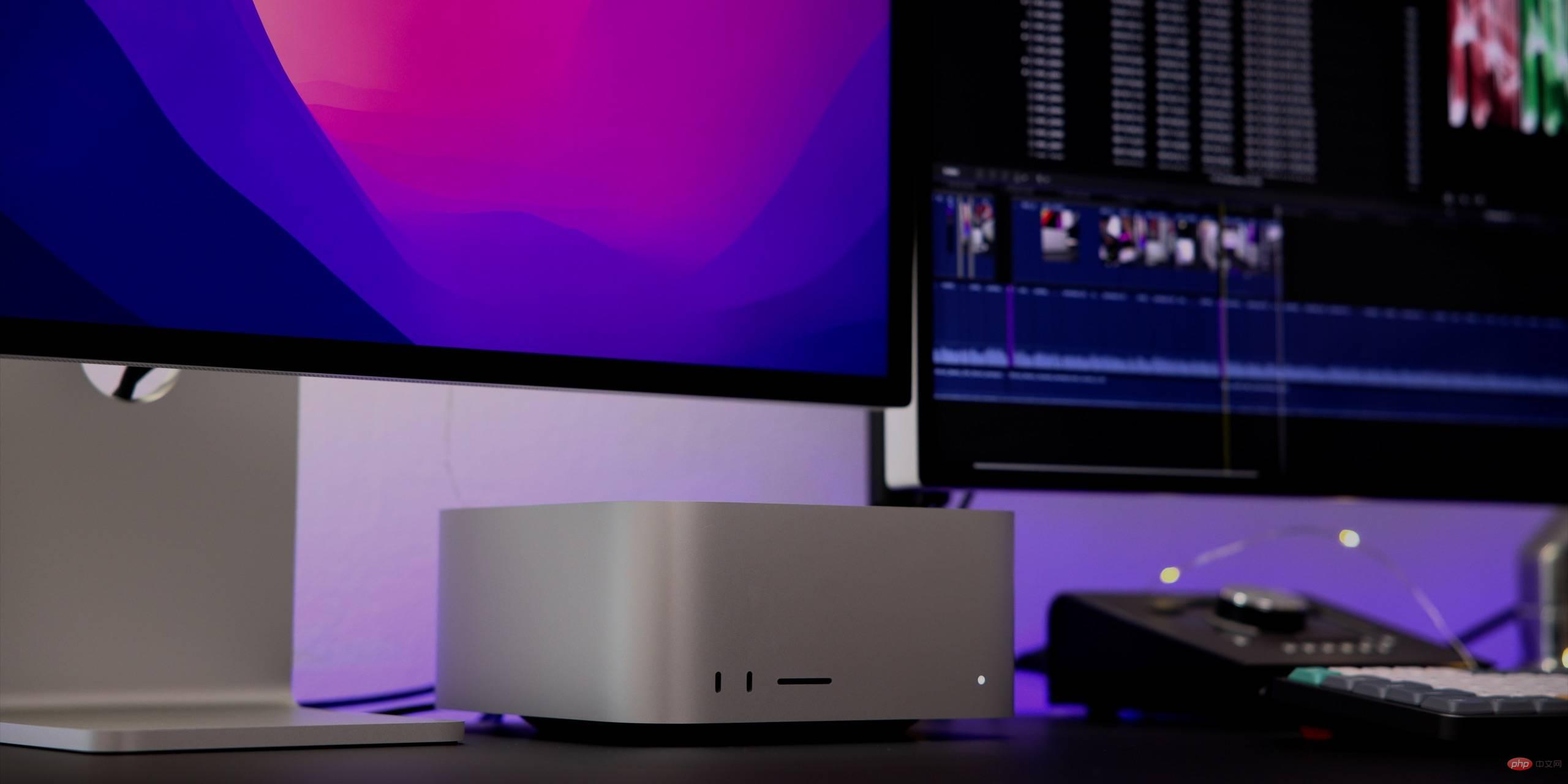
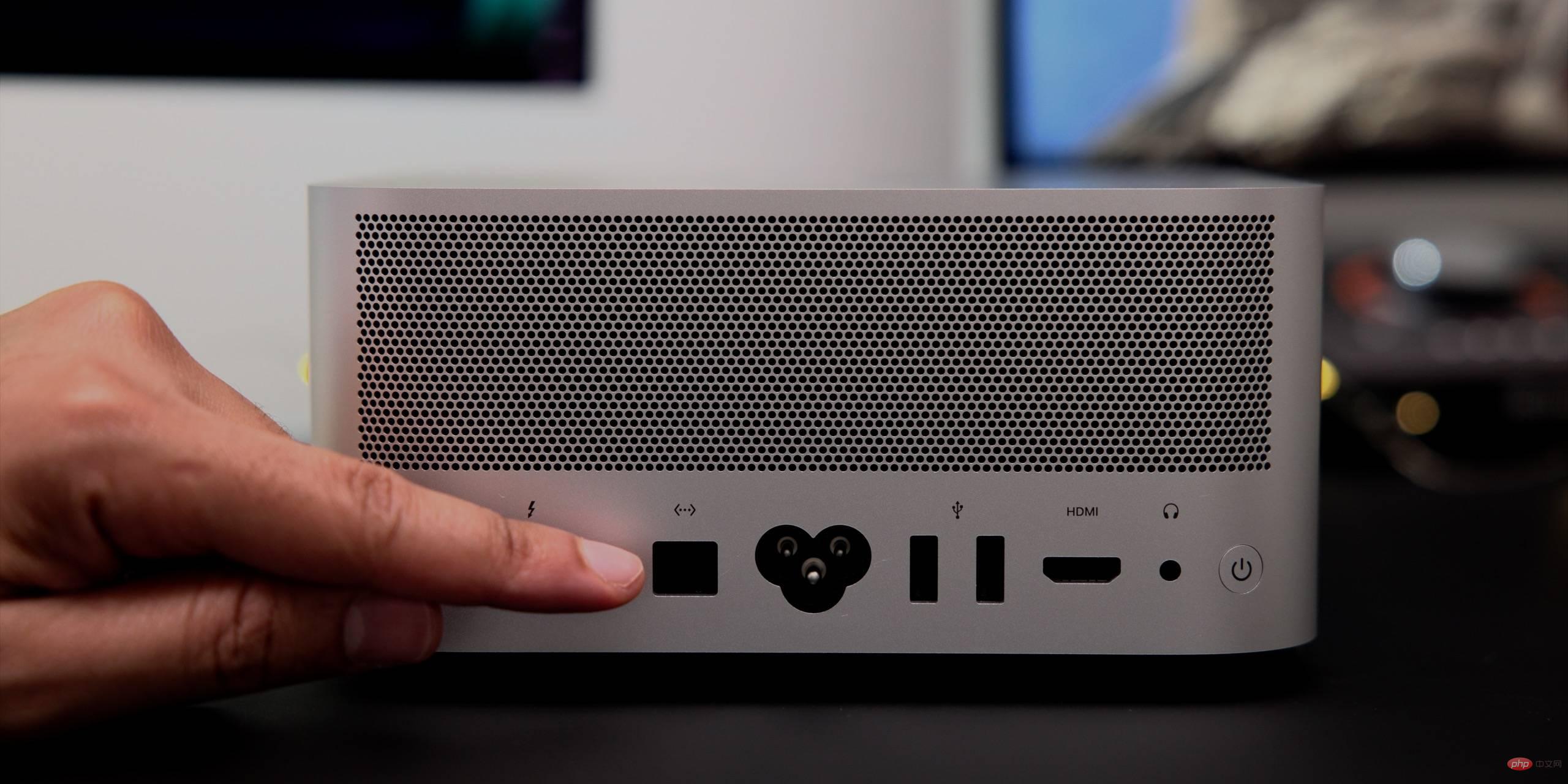
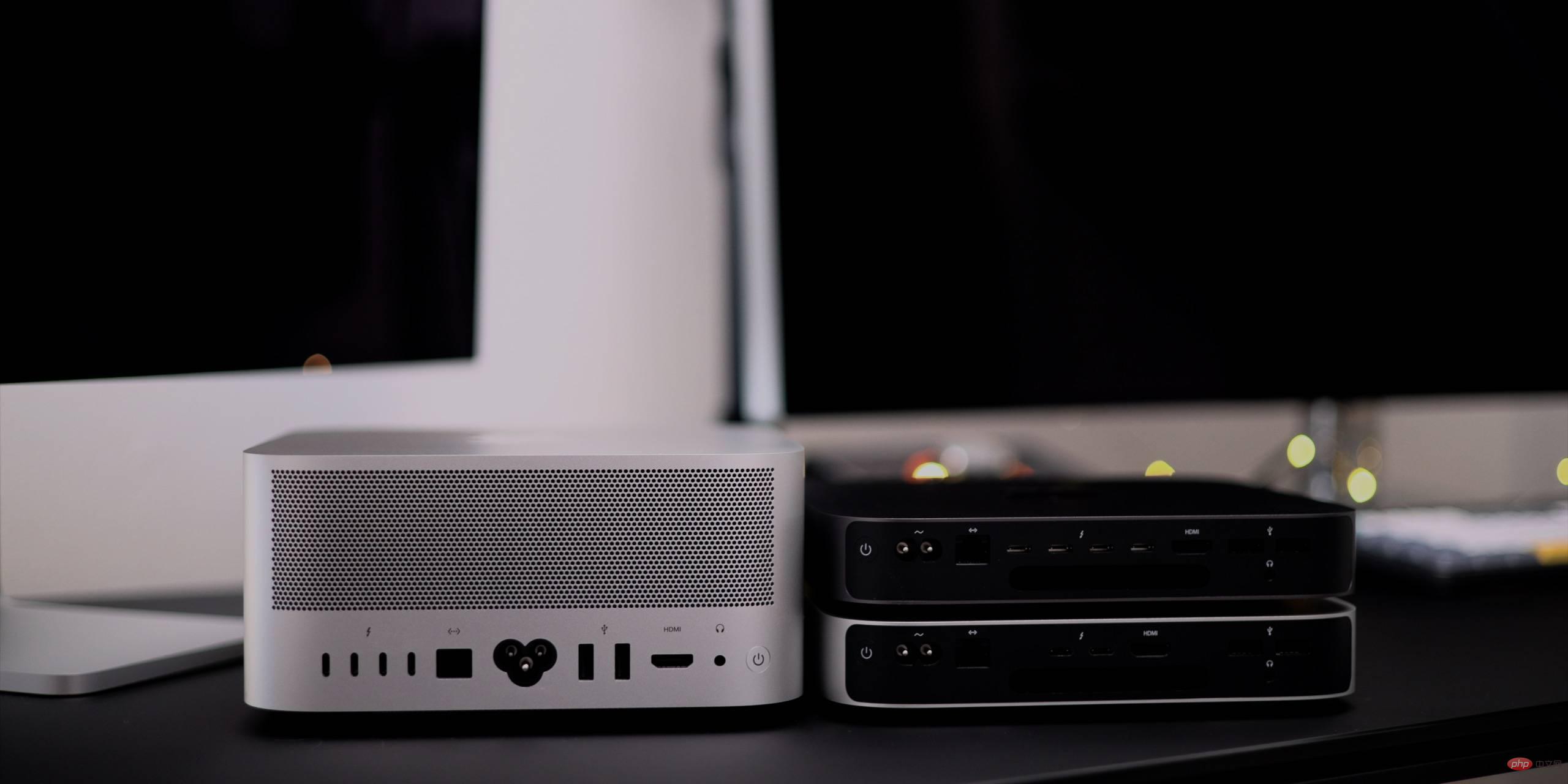
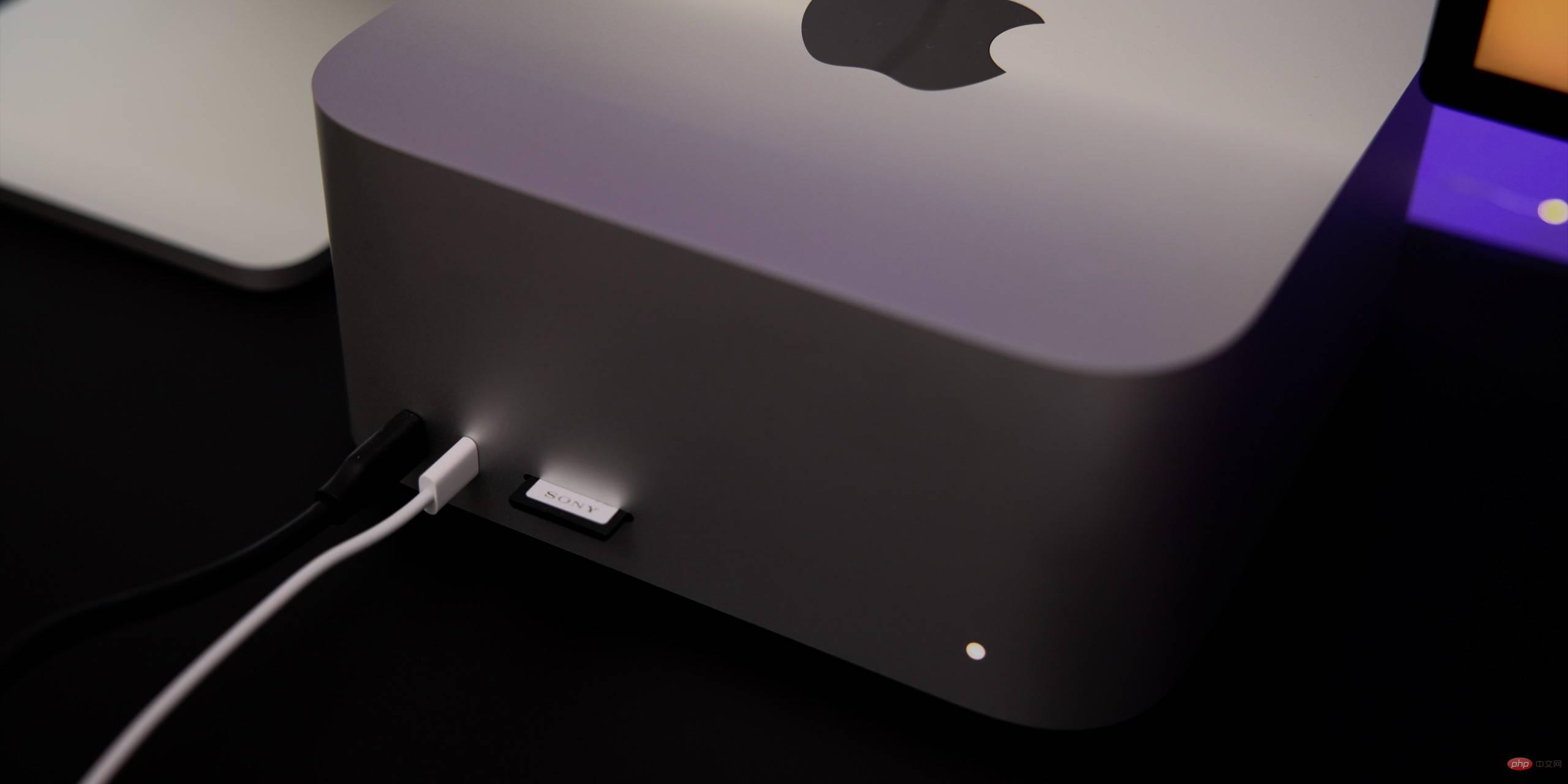
two Next to the front USB-C port is an SDXC card slot that supports UHS-II. This is a perfect addition for those who frequently offload photos and videos from their digital cameras. Although not as fast as CFExpress (the storage medium used by many modern cameras), SD cards are still more common. Even some of the latest cameras that can capture 8K video support shooting directly to an SD card.
I've recently been testing Canon's R5c hybrid mirrorless camera, which has the newer HEVC codec and has a very reasonable 540Mbps data rate. This data rate is just right for the V90 SD card. In fact, memory card maker Wise has just announced the V90, which has a maximum capacity of 512GB, the largest such V90 memory card to date, and is capable of storing up to two hours of 8K video shot with the R5c. Stay tuned because in upcoming posts and videos I'll be discussing why the R5c is such a great camera and ideal Mac Studio companion.
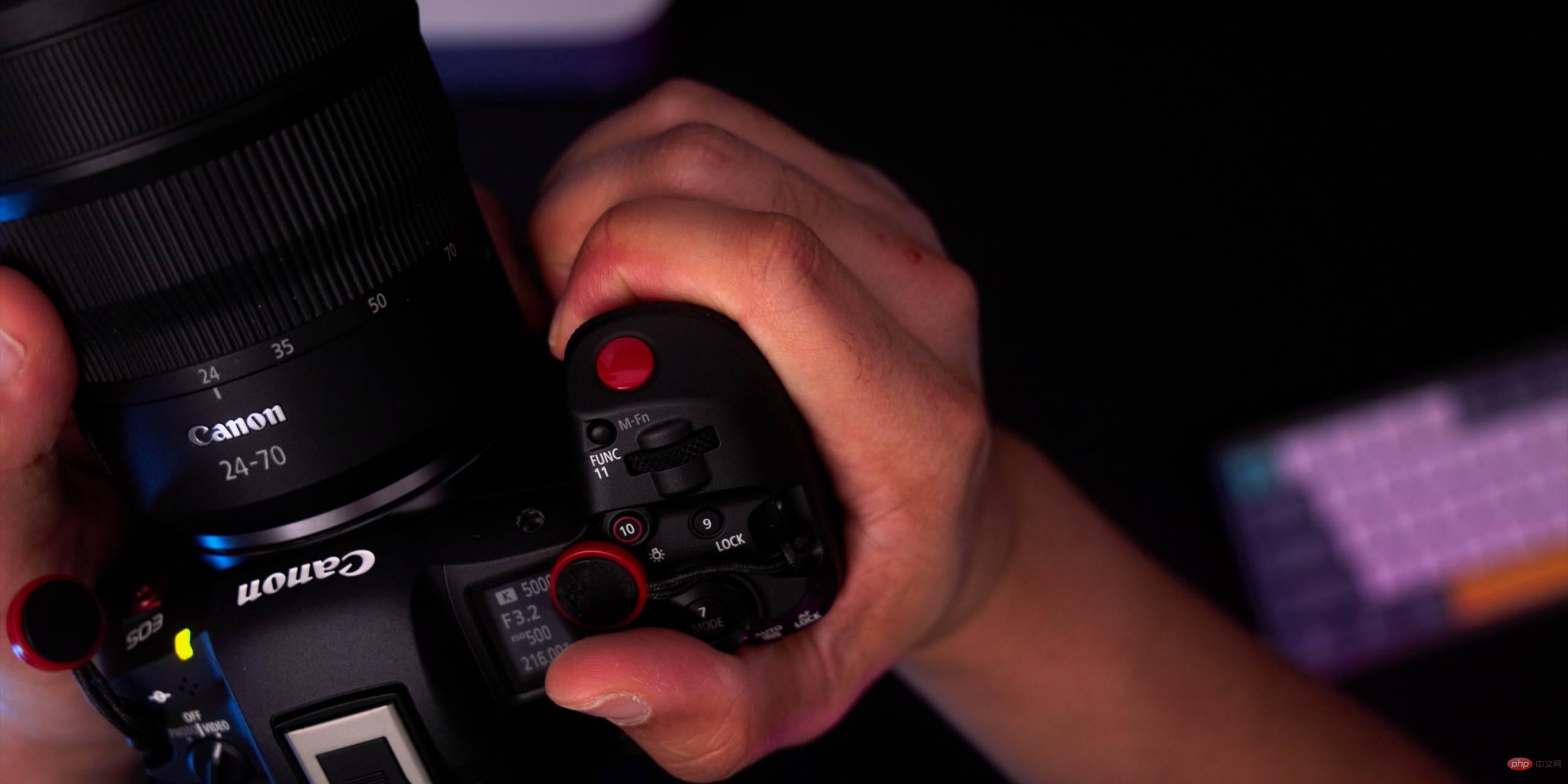



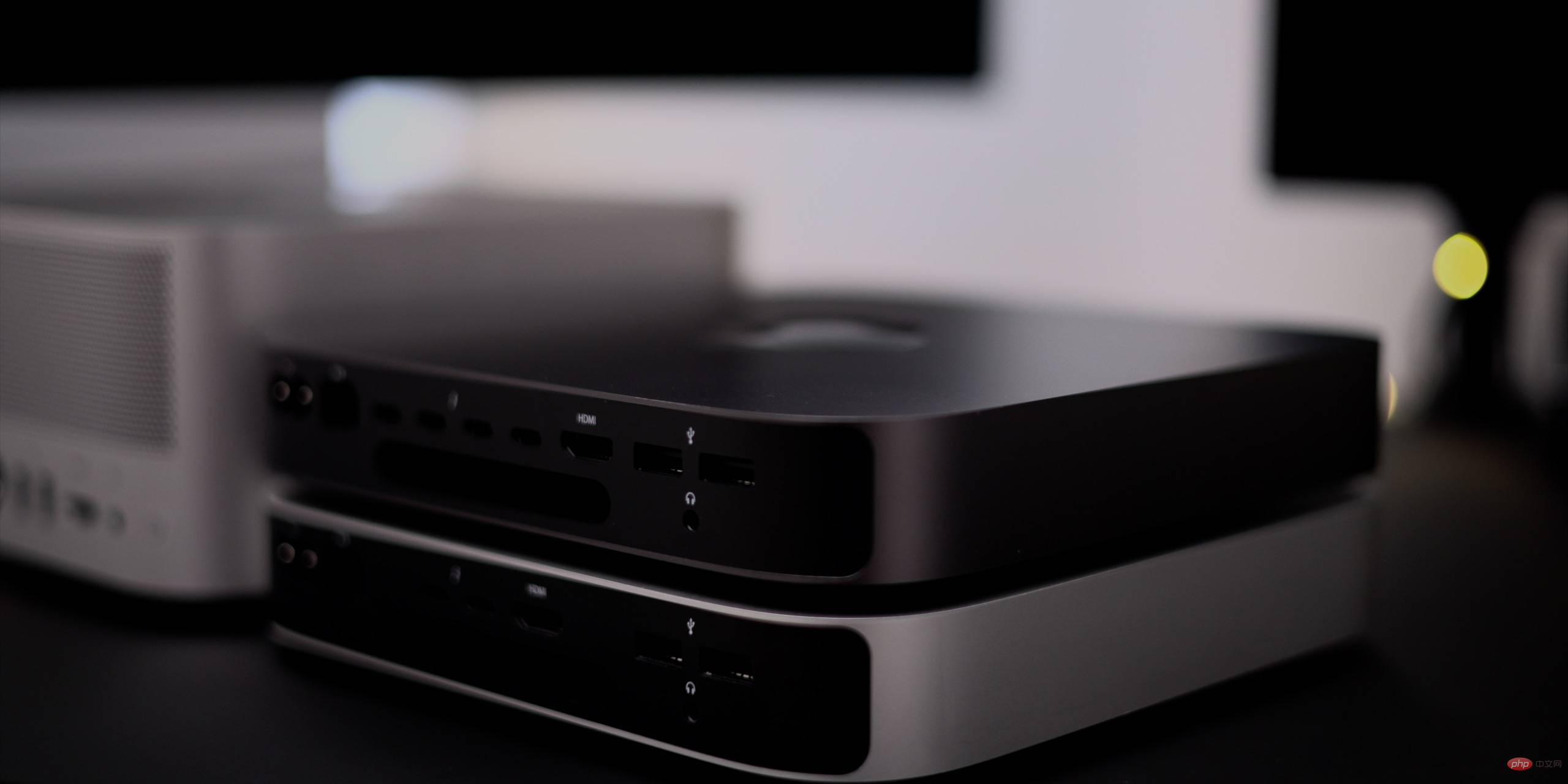
With Mac Unlike the mini, 10GbE comes standard on all Mac Studio machines, making it perfect for connecting to NAS boxes and even things like Blackmagic Design's new Cloud Store. While not as fast as Thunderbolt, 10GbE can travel longer distances and entire networks can be designed around it.
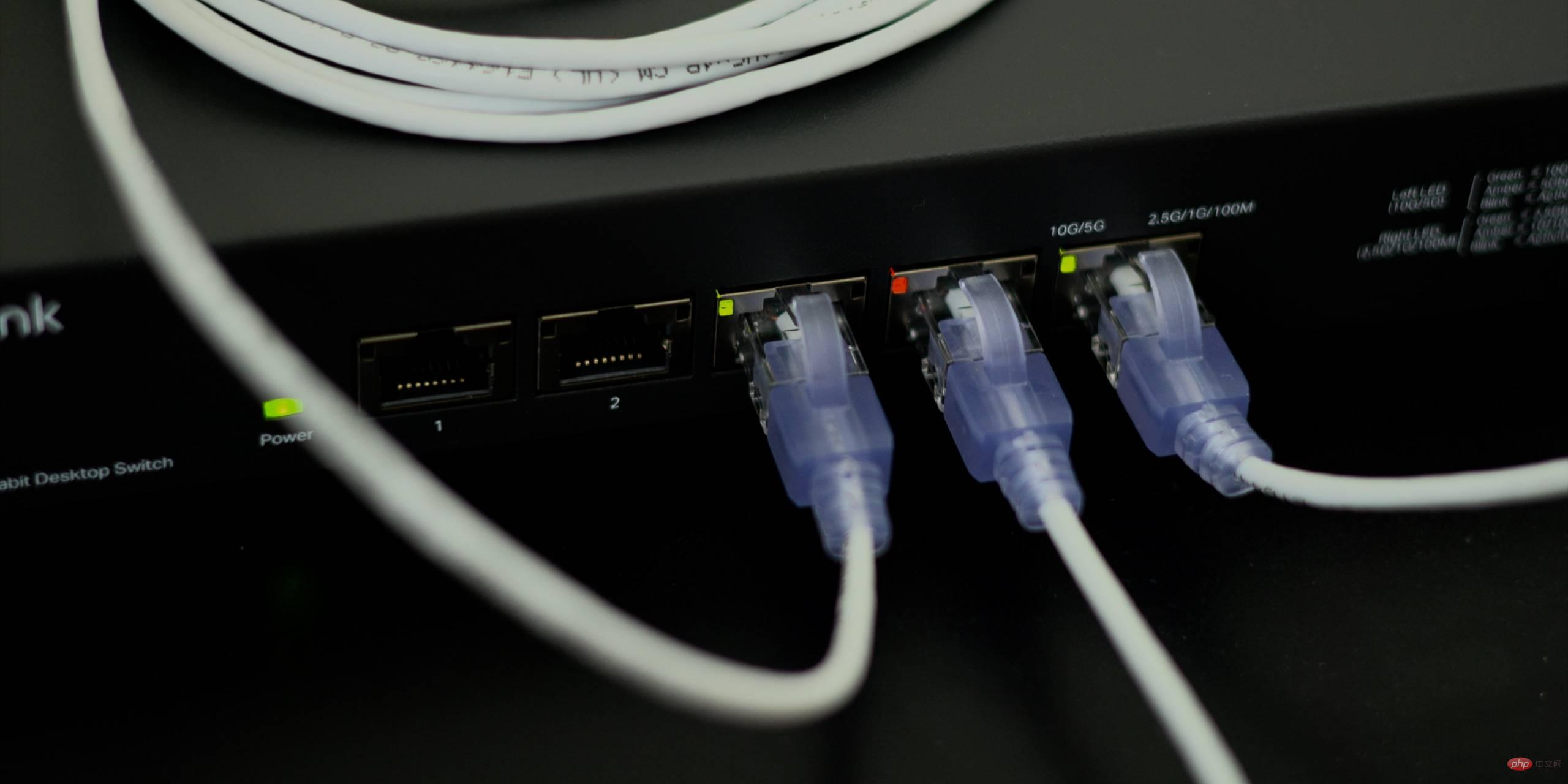
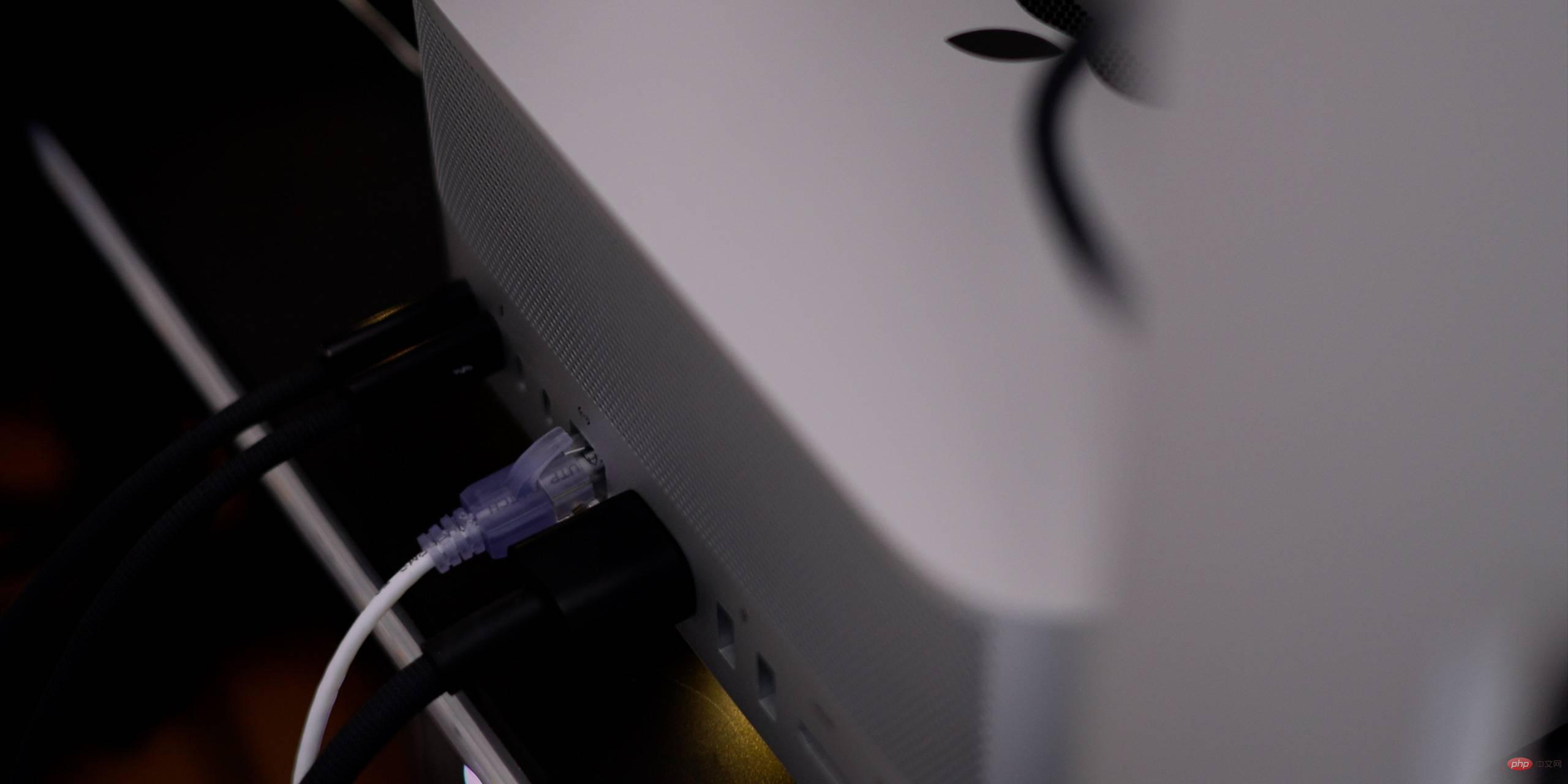

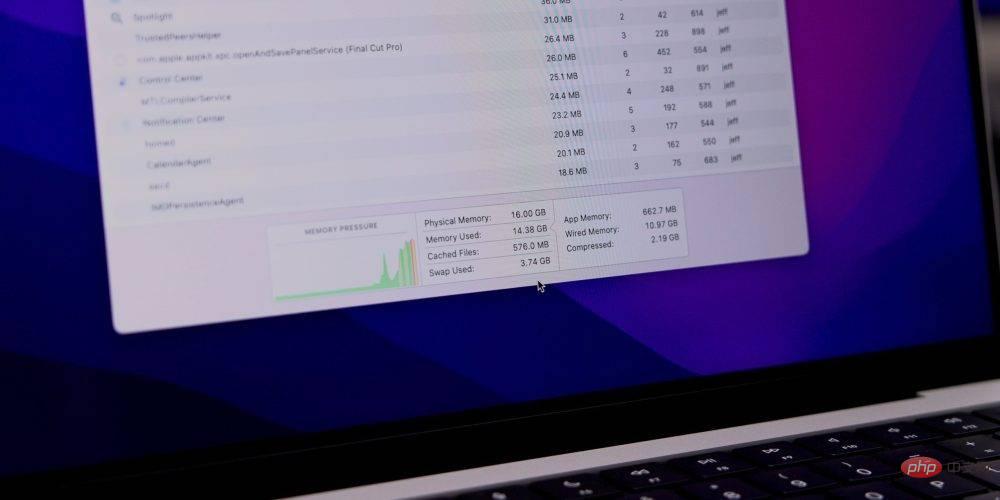 Only 16GB of RAM to quickly swap out disks
Only 16GB of RAM to quickly swap out disks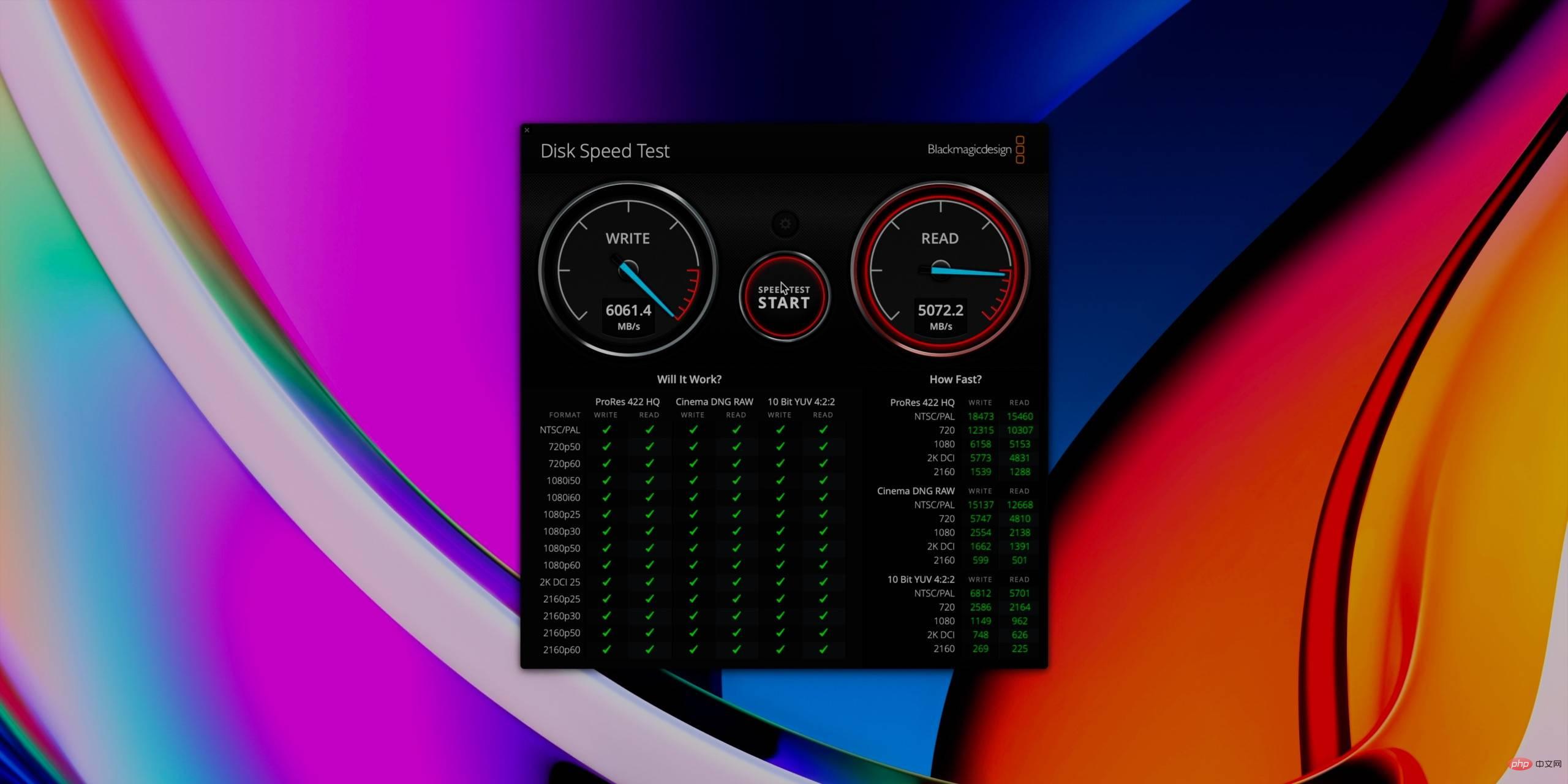
But depending on the type of work you do, internal storage upgrades are an area that shouldn't be ignored on Apple Silicon. If you regularly work with large files (3D renderings, video editing, etc.) then you should consider upgrading your internal storage if you can afford it.
I think most people don't really appreciate how fast Apple's internal storage is and how much of an impact it has on overall system performance when dealing with large amounts of data. Not only does a larger SSD help from the standpoint of being able to store more files, but the drive gets faster as the size increases. Regardless, Apple's internal SSD is going to be much faster than not running around external media. Even most Thunderbolt SSDs can't compete unless you dig into some very expensive NVMe-based RAID setups, and Apple's $2,400 asking price for an 8TB SSD is pretty competitive by comparison.
In case you haven't noticed, the machine Apple used to benchmark Mac Studio's ability to handle multiple 8K Pro Res video streams has 8TB of designated storage. I don't think this is a coincidence, because when you start moving a dozen semi-streaming 8K videos around at the same time, fast storage is essential. Apple notes that a Mac Studio with the M1 Ultra can play 18 simultaneous streams of 8K Pro Res 422 video, and while my Mac Studio has the necessary CPU and GPU credentials, the 1TB of storage seemed to serve as a bottleneck in my testing. This resulted in the last four 8K video streams dropping frames below real-time levels during playback.
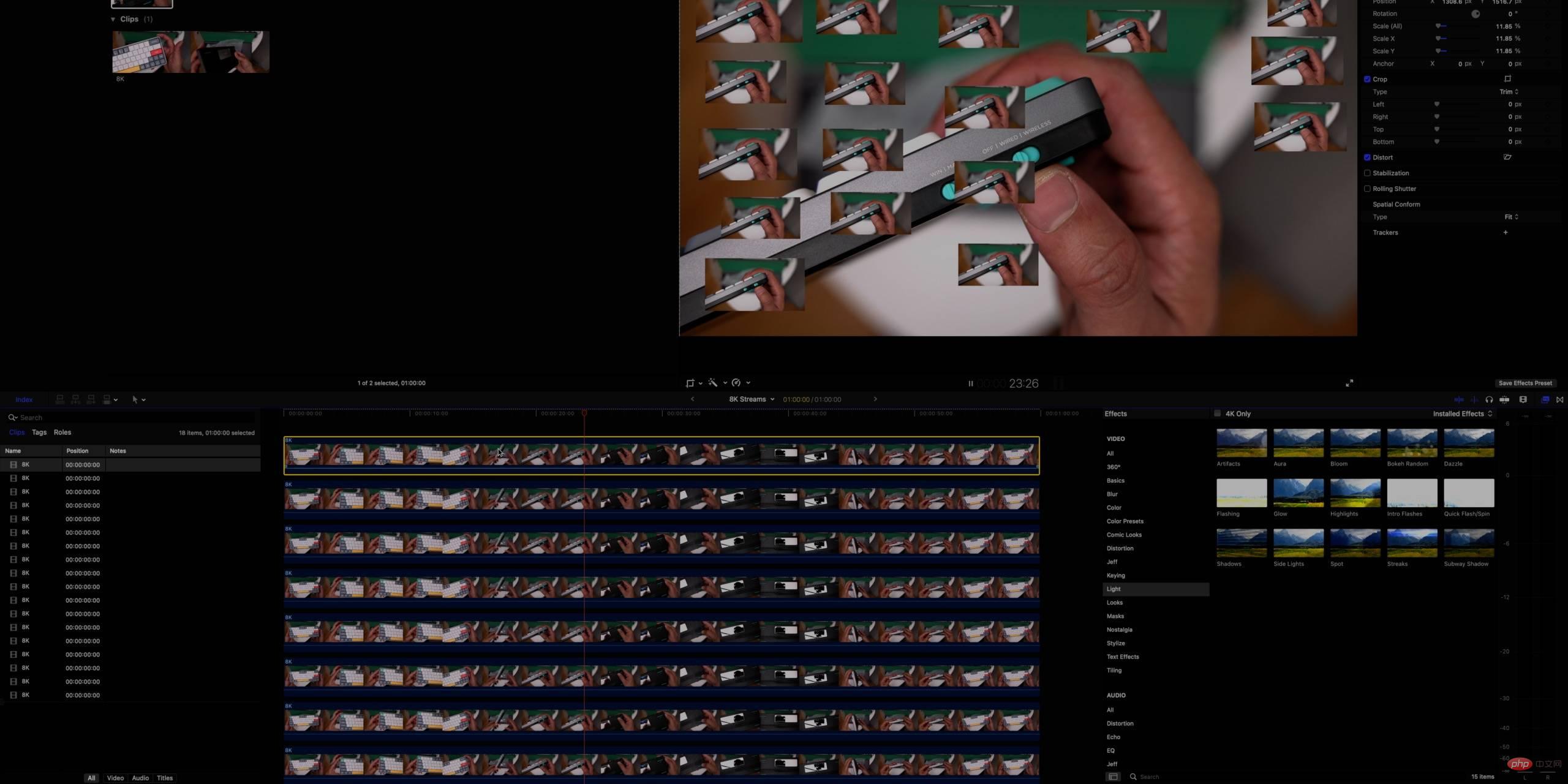
While basic video workflows don’t work when upgrading to higher spec Mac Studio versions There will be huge gains, but slogging through more demanding work, like editing a feature-length movie with multiple 8K video streams, would definitely benefit from a more powerful build-to-order configuration. There's also the matter of machine learning tasks in Final Cut Pro. and other applications increasingly rely on these tasks. Equipped with a 32-core Neural Engine, M1 Ultra will be able to perform operations faster such as motion tracking and the new voice isolation feature in Final Cut Pro 10.6.2.
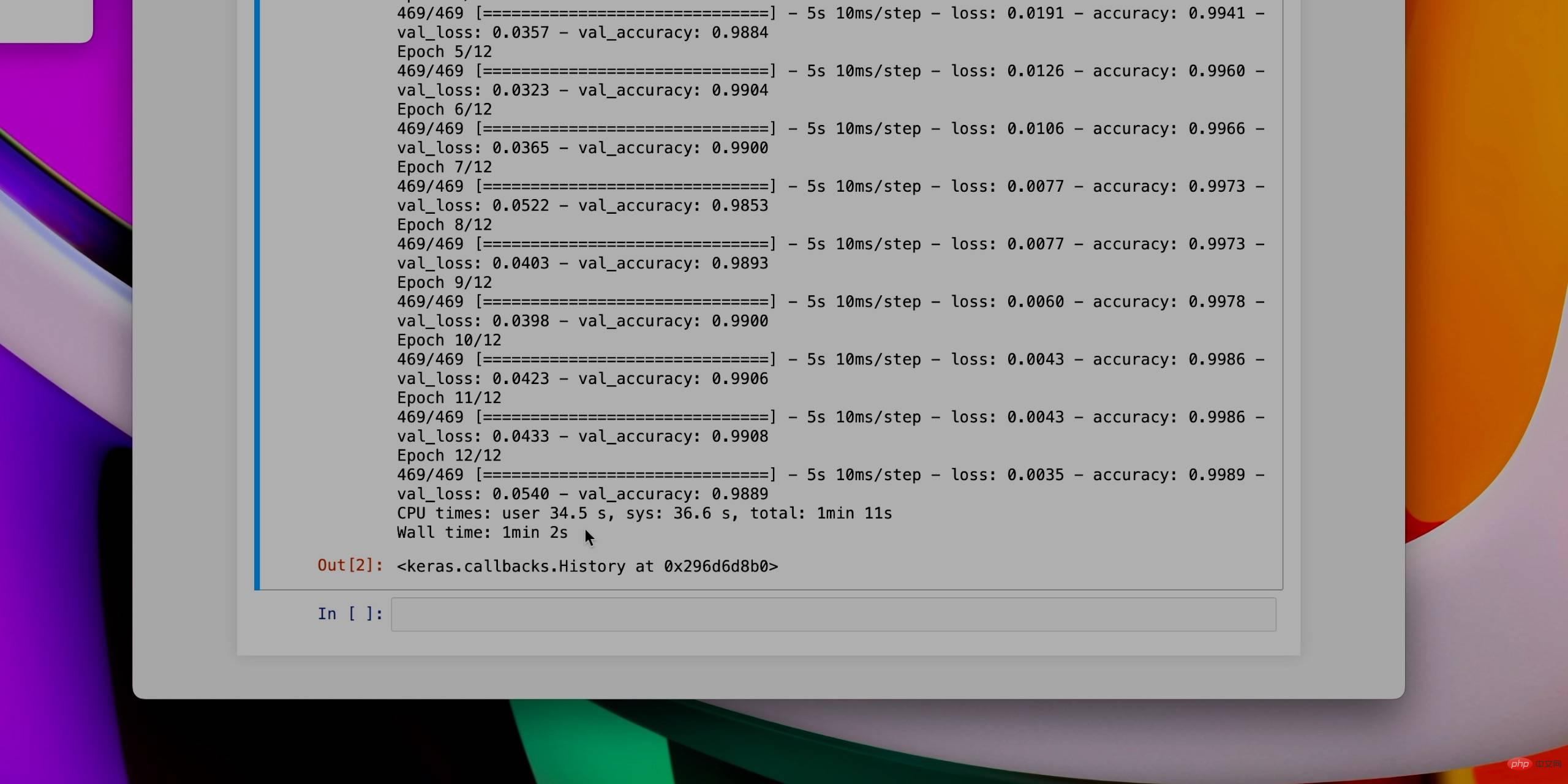
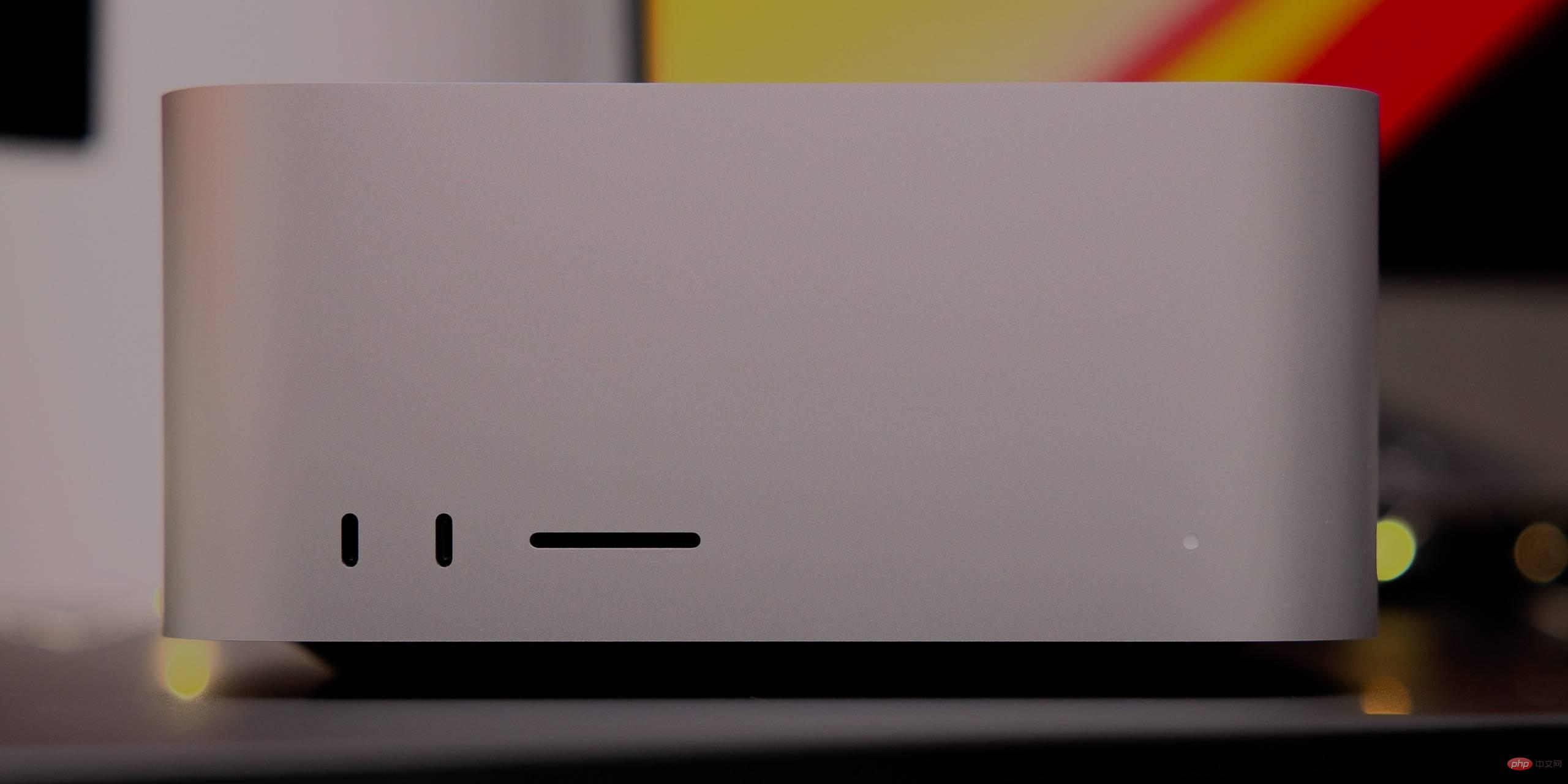
But apparently Mac Studio isn’t just for Born for video. Application developers will benefit from improved compile times with the M1 Ultra’s 20-core CPU, while training ML models using platforms like TensorFlow will benefit from the additional GPU cores. Even though these are far from my area of expertise, I was able to see tangible benefits when running tests across both disciplines.
Photo by 9to5Mac
The following people should consider purchasing a Mac Studio:
- Mac mini users looking for more I/O and power
- Mac Pro Users Converting Work to Apple Silicon
- Other Apple Users Looking for an Always-On Desktop Solution
Even the basic Mac Studio is a great overall computer, And it's significantly more usable than any M1 Mac Apple sells. It has more I/O than any other Apple Silicon desktop option, runs quieter than any of the company's laptops, and has relatively generous specs for a $1,999 base model.

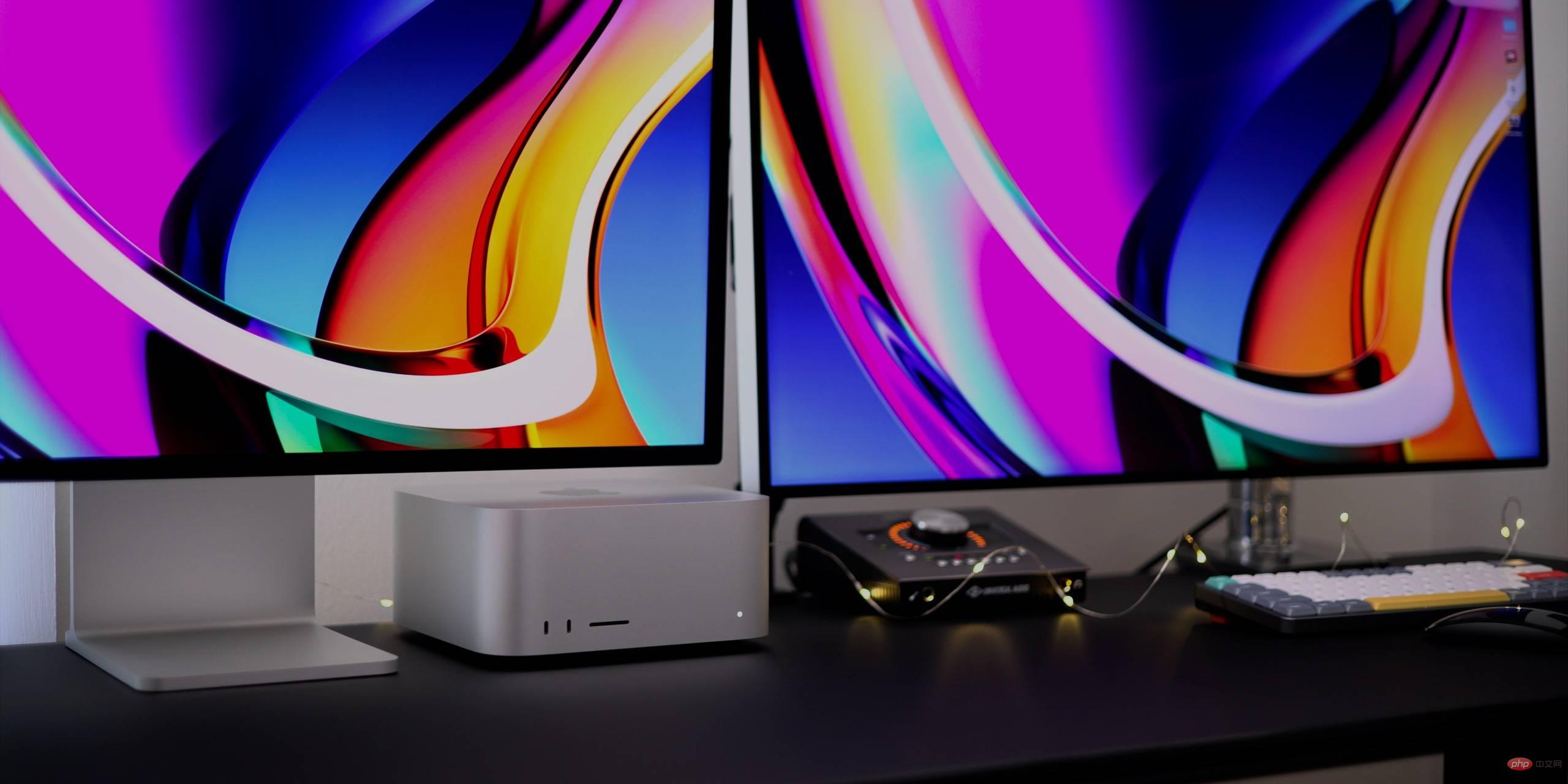
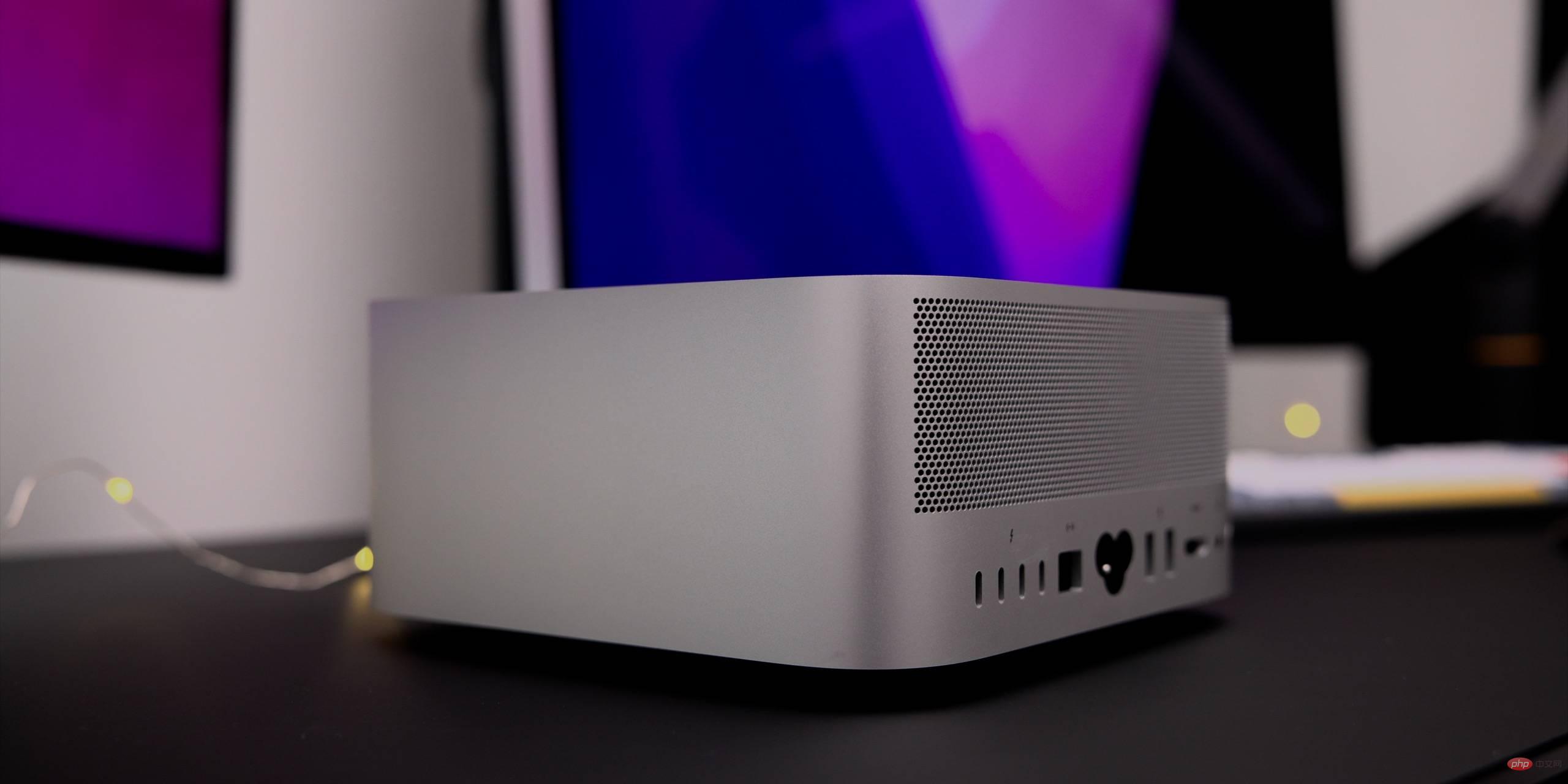
The above is the detailed content of Mac Studio review – even the base model is great. For more information, please follow other related articles on the PHP Chinese website!

Hot AI Tools

Undresser.AI Undress
AI-powered app for creating realistic nude photos

AI Clothes Remover
Online AI tool for removing clothes from photos.

Undress AI Tool
Undress images for free

Clothoff.io
AI clothes remover

Video Face Swap
Swap faces in any video effortlessly with our completely free AI face swap tool!

Hot Article

Hot Tools

Notepad++7.3.1
Easy-to-use and free code editor

SublimeText3 Chinese version
Chinese version, very easy to use

Zend Studio 13.0.1
Powerful PHP integrated development environment

Dreamweaver CS6
Visual web development tools

SublimeText3 Mac version
God-level code editing software (SublimeText3)

Hot Topics
 1387
1387
 52
52
 What is the reason why PS keeps showing loading?
Apr 06, 2025 pm 06:39 PM
What is the reason why PS keeps showing loading?
Apr 06, 2025 pm 06:39 PM
PS "Loading" problems are caused by resource access or processing problems: hard disk reading speed is slow or bad: Use CrystalDiskInfo to check the hard disk health and replace the problematic hard disk. Insufficient memory: Upgrade memory to meet PS's needs for high-resolution images and complex layer processing. Graphics card drivers are outdated or corrupted: Update the drivers to optimize communication between the PS and the graphics card. File paths are too long or file names have special characters: use short paths and avoid special characters. PS's own problem: Reinstall or repair the PS installer.
 How to solve the problem of loading when PS is always showing that it is loading?
Apr 06, 2025 pm 06:30 PM
How to solve the problem of loading when PS is always showing that it is loading?
Apr 06, 2025 pm 06:30 PM
PS card is "Loading"? Solutions include: checking the computer configuration (memory, hard disk, processor), cleaning hard disk fragmentation, updating the graphics card driver, adjusting PS settings, reinstalling PS, and developing good programming habits.
 How to speed up the loading speed of PS?
Apr 06, 2025 pm 06:27 PM
How to speed up the loading speed of PS?
Apr 06, 2025 pm 06:27 PM
Solving the problem of slow Photoshop startup requires a multi-pronged approach, including: upgrading hardware (memory, solid-state drive, CPU); uninstalling outdated or incompatible plug-ins; cleaning up system garbage and excessive background programs regularly; closing irrelevant programs with caution; avoiding opening a large number of files during startup.
 How to solve the problem of loading when the PS opens the file?
Apr 06, 2025 pm 06:33 PM
How to solve the problem of loading when the PS opens the file?
Apr 06, 2025 pm 06:33 PM
"Loading" stuttering occurs when opening a file on PS. The reasons may include: too large or corrupted file, insufficient memory, slow hard disk speed, graphics card driver problems, PS version or plug-in conflicts. The solutions are: check file size and integrity, increase memory, upgrade hard disk, update graphics card driver, uninstall or disable suspicious plug-ins, and reinstall PS. This problem can be effectively solved by gradually checking and making good use of PS performance settings and developing good file management habits.
 Is slow PS loading related to computer configuration?
Apr 06, 2025 pm 06:24 PM
Is slow PS loading related to computer configuration?
Apr 06, 2025 pm 06:24 PM
The reason for slow PS loading is the combined impact of hardware (CPU, memory, hard disk, graphics card) and software (system, background program). Solutions include: upgrading hardware (especially replacing solid-state drives), optimizing software (cleaning up system garbage, updating drivers, checking PS settings), and processing PS files. Regular computer maintenance can also help improve PS running speed.
 How to use mysql after installation
Apr 08, 2025 am 11:48 AM
How to use mysql after installation
Apr 08, 2025 am 11:48 AM
The article introduces the operation of MySQL database. First, you need to install a MySQL client, such as MySQLWorkbench or command line client. 1. Use the mysql-uroot-p command to connect to the server and log in with the root account password; 2. Use CREATEDATABASE to create a database, and USE select a database; 3. Use CREATETABLE to create a table, define fields and data types; 4. Use INSERTINTO to insert data, query data, update data by UPDATE, and delete data by DELETE. Only by mastering these steps, learning to deal with common problems and optimizing database performance can you use MySQL efficiently.
 Can mysql run on android
Apr 08, 2025 pm 05:03 PM
Can mysql run on android
Apr 08, 2025 pm 05:03 PM
MySQL cannot run directly on Android, but it can be implemented indirectly by using the following methods: using the lightweight database SQLite, which is built on the Android system, does not require a separate server, and has a small resource usage, which is very suitable for mobile device applications. Remotely connect to the MySQL server and connect to the MySQL database on the remote server through the network for data reading and writing, but there are disadvantages such as strong network dependencies, security issues and server costs.
 How to solve the problem of loading when PS is started?
Apr 06, 2025 pm 06:36 PM
How to solve the problem of loading when PS is started?
Apr 06, 2025 pm 06:36 PM
A PS stuck on "Loading" when booting can be caused by various reasons: Disable corrupt or conflicting plugins. Delete or rename a corrupted configuration file. Close unnecessary programs or upgrade memory to avoid insufficient memory. Upgrade to a solid-state drive to speed up hard drive reading. Reinstalling PS to repair corrupt system files or installation package issues. View error information during the startup process of error log analysis.



